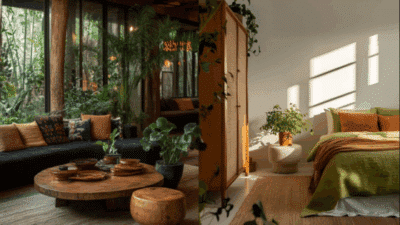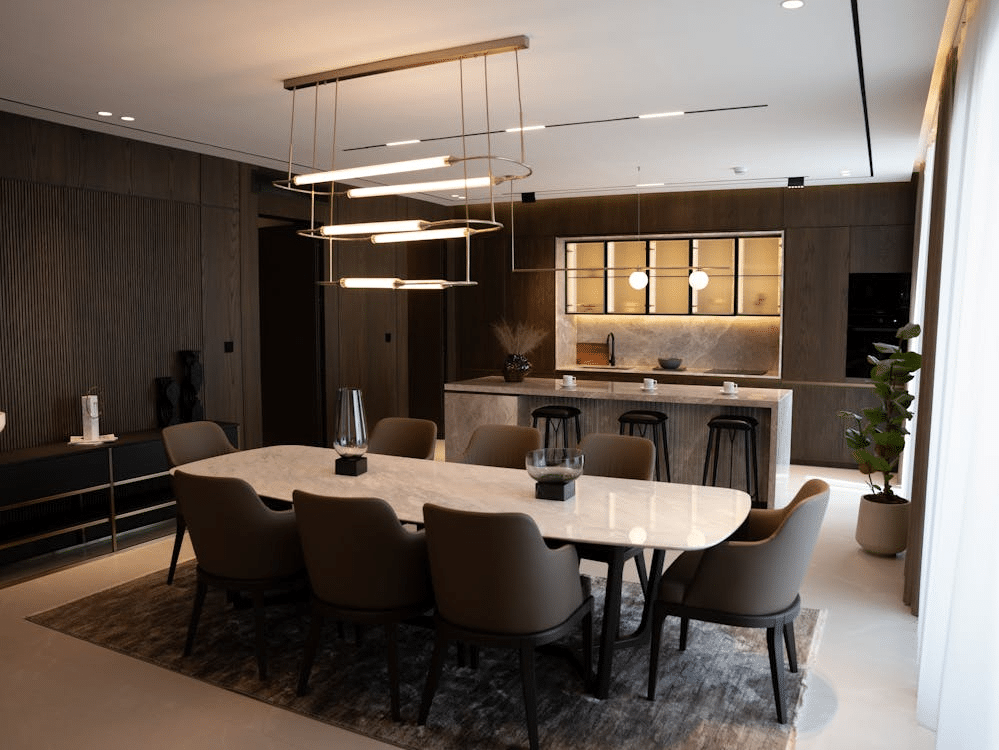
There’s this whole idea floating around that luxury at home needs to be loud and proud. Like, the louder the materials, the more expensive they look, the more luxurious the home must be. You’ve probably seen it, right? You can check Pinterest, some magazines, or even type in “luxury home” onto YouTube, and you’re bound to see some results. These homes are filled with marble everywhere, glossy surfaces from floor to ceiling, oversized logos on throw blankets, huge statement sculptures in every corner, and furniture that looks like it was picked because someone said it was expensive.
Actually, a lot of luxury hotels are just as guilty of this. And so yeah, when people are trying to make their dream home, they usually picture it as expensive, as something that’s meant to be luxurious, right? And okay, sure, those homes can look impressive, but they also sometimes feel a little too eager to prove something, like they’re trying so hard to say “look how much I cost” that the comfort gets lost along the way.
But why Quiet Luxury?
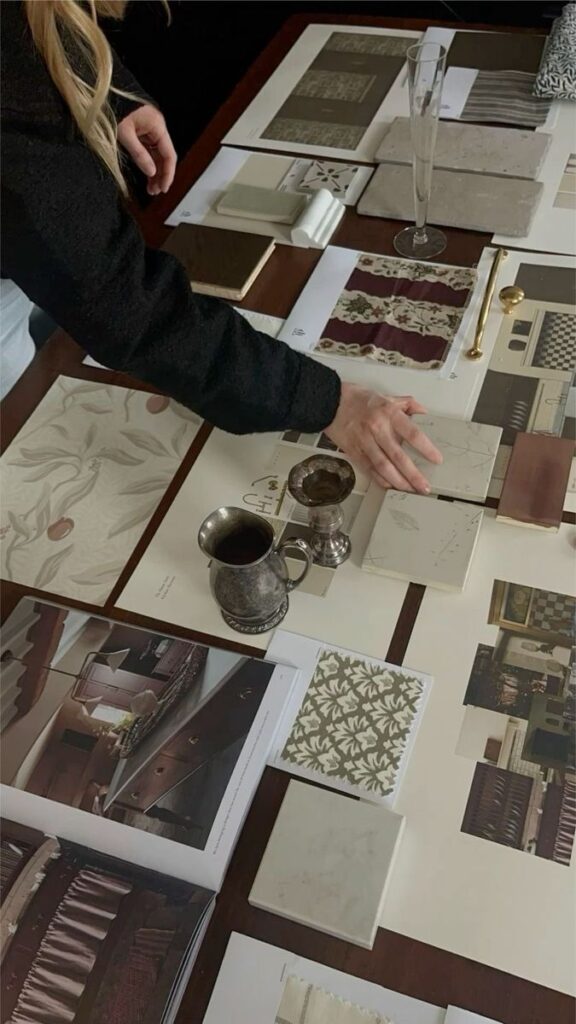

Well, they say wealthy whisperers, and that’s basically what you want for your home. Basically, quiet luxury is a whole different approach. It’s softer, calmer, more subtle, and honestly, so much more soothing to live in. Think of it like this: it’s the kind of space that doesn’t need to announce itself. You walk in and there’s just this gentle feeling of care, warmth, and thoughtful choice in every corner.
You’ve probably seen very loud hotels that try to do luxury, and there are hotels that do the reverse; they do the quiet luxury feeling instead. It’s the same for a fine dining restaurant. You can basically tell if an interior is trying too hard or being too loud; it’s too obvious. Think of it like this: it’s the interior design version of someone who’s confident without needing to brag about it. And yeah, that’s exactly the point. Basically, quiet luxury is felt, not displayed.
That HBO show Succession was a great example of quiet luxury for fashion, and it does translate fairly well for interiors, too. Their clothes didn’t try hard, but looked nice, and so the concept is similar for interior design and quiet luxury too. For the most part, a lot of people think quiet luxury is harder to achieve. It’s really not. It’s just that the things that create it are the things most people overlook because they’re not “big” or instantly eye-catching. Quiet luxury isn’t about the price, it’s about the feeling.
Luxury Doesn’t Need to be Loud
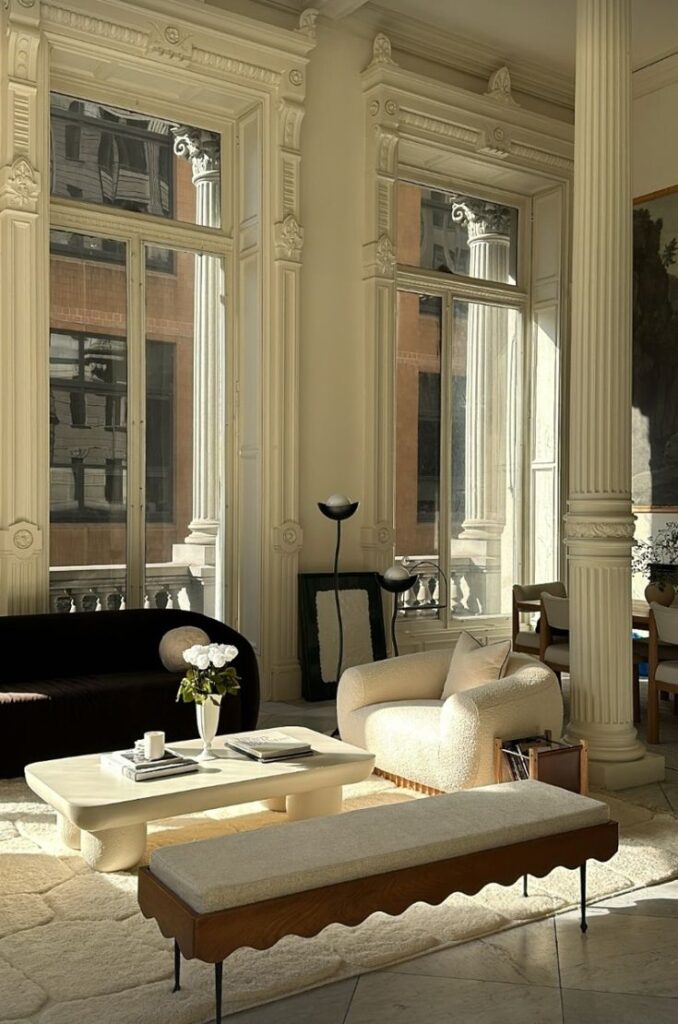
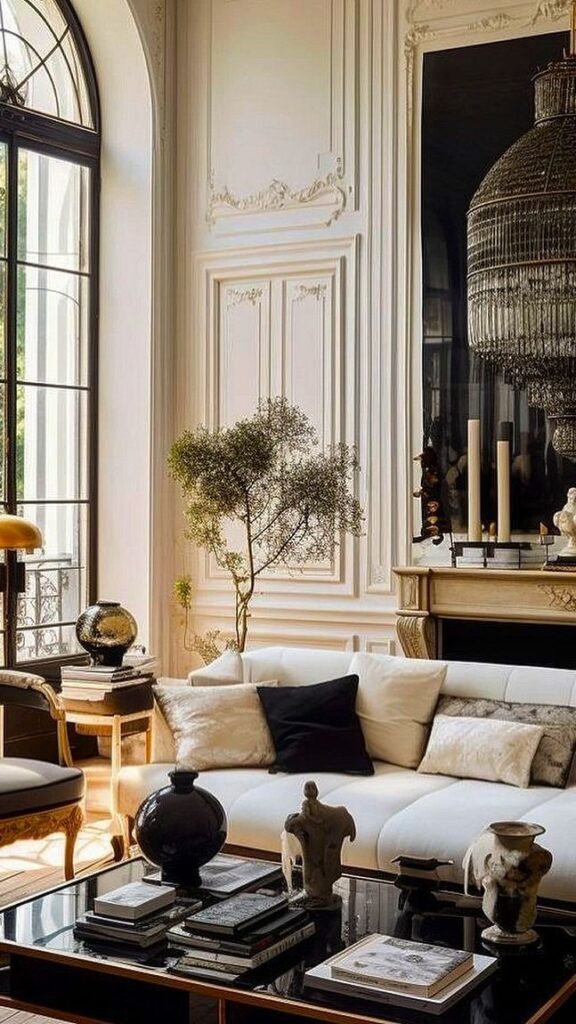
A lot of people think luxury means filling a room with expensive things. It really doesn’t help that social media and ads have pushed this sort of narrative, but no, it’s not true. Sure, you could have high-end brand names everywhere, marble covering every surface, designer everything, the fanciest furniture, and just more and more and more. If you want these things, go for it, but this isn’t necessarily what luxury is, well, not quiet luxury at least. Actually, it’s quite the opposite. It’s about choosing less, and choosing better.
It’s about leaving space so the beautiful things can breathe instead of crowding them. Basically, it’s the restraint that feels luxurious, not the quantity. Just think about classic style icons. The most elegant looks are usually the simplest ones, just done really well. And the same goes for interiors, like a room can have five expensive pieces and still look overwhelming or mismatched.
But a room with just a few carefully chosen items can feel infinitely more luxurious. So, just to sum it all up here, quiet luxury doesn’t need to shout to be seen. It just exists, and it feels good to just exist.
Just Think About how a Room Feels
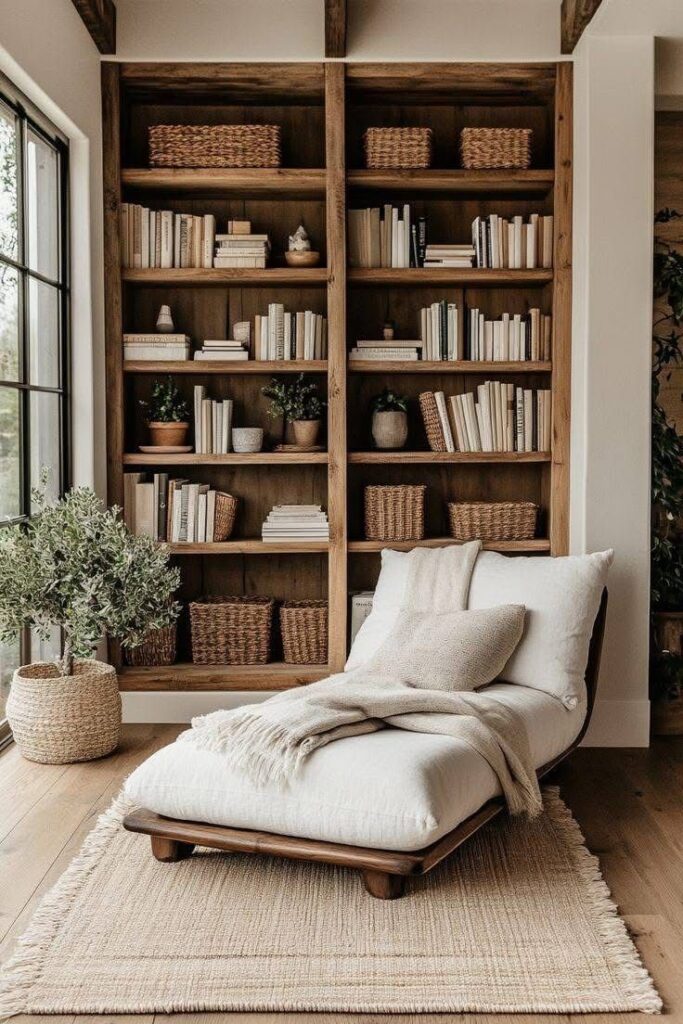

Well, it’s not just about visual appeal. Sure, that helps and everything, but it’s about how a space feels to be in. For example, there’s the comfort of sitting on a sofa that feels like it was designed for actual living. There’s the softness of a throw blanket that isn’t covered in logos (cough cough Hermes), but feels like the kind of thing you’d curl up with for years. The warmth in the room that comes from natural textures, not artificial gloss. You want your room to feel expressive, you want it to feel warm, and comfortable. You don’t want it to look like that beige monstrosity that Kim Kardashian has; that’s cold and sterile. You need to think about how you want to feel in a room, in your own home, in general.
Now, with that all said, there’s this calm confidence to a quiet luxury home. It feels like it was built slowly, piece by piece, not rushed. It has layers of life, not layers of trends.
It Lives in the Styling Details
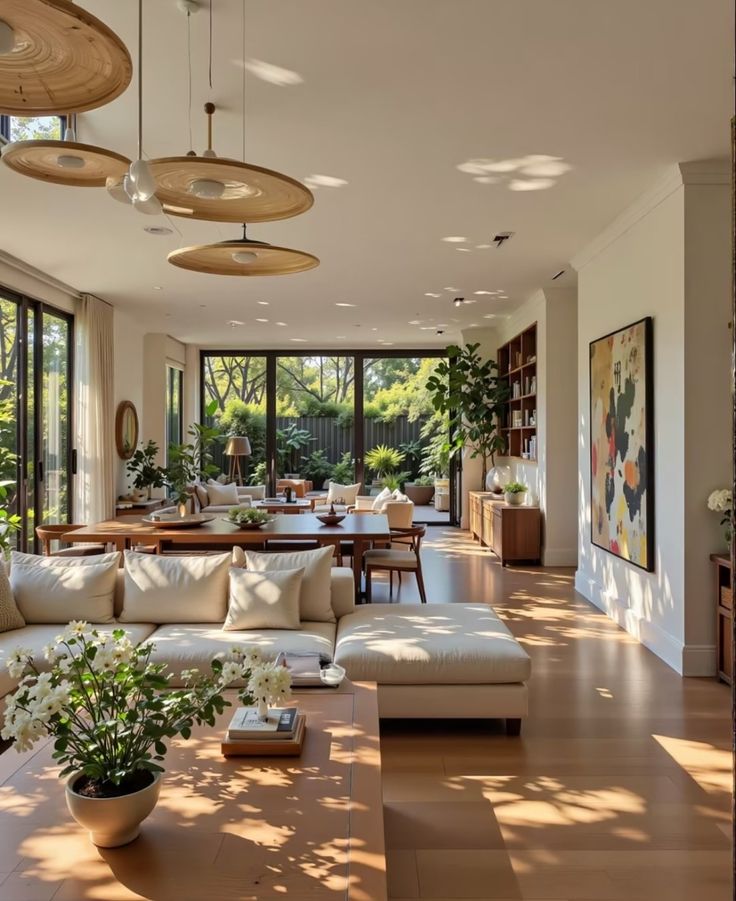

Well, this is really where everything comes together, and yeah, this is the part most people forget, because these details don’t scream for attention. They’re more of a soft “oh, that’s lovely” type of detail. They’re quiet, but they do so much for the overall feeling of the room. Basically, it’s just those little things, and like what was mentioned earlier, it’s the things that get overlooked.
It’s the smaller things like the quality of the door handles, brass wall lights that help create ambiance when turned on, the care taken in choosing a throw pillow’s fabric, the tray on the coffee table that wasn’t just placed there but chosen because it adds a little warmth. These are fairly small details that might not seem like a big deal, but they are. But overall, styling details like these are the tiny finishing touches that take a room from “this is nice” to “this feels special.” And yeah, that’s the goal here, because that’s what helps in creating that quiet luxury feeling.
You just want to have simple, yet thoughtful things that add personality without adding noise, like flowers, a handmade ceramic piece, a stack of books you love, again, just the small things here.
- 0shares
- Facebook0
- Pinterest0
- Twitter0

